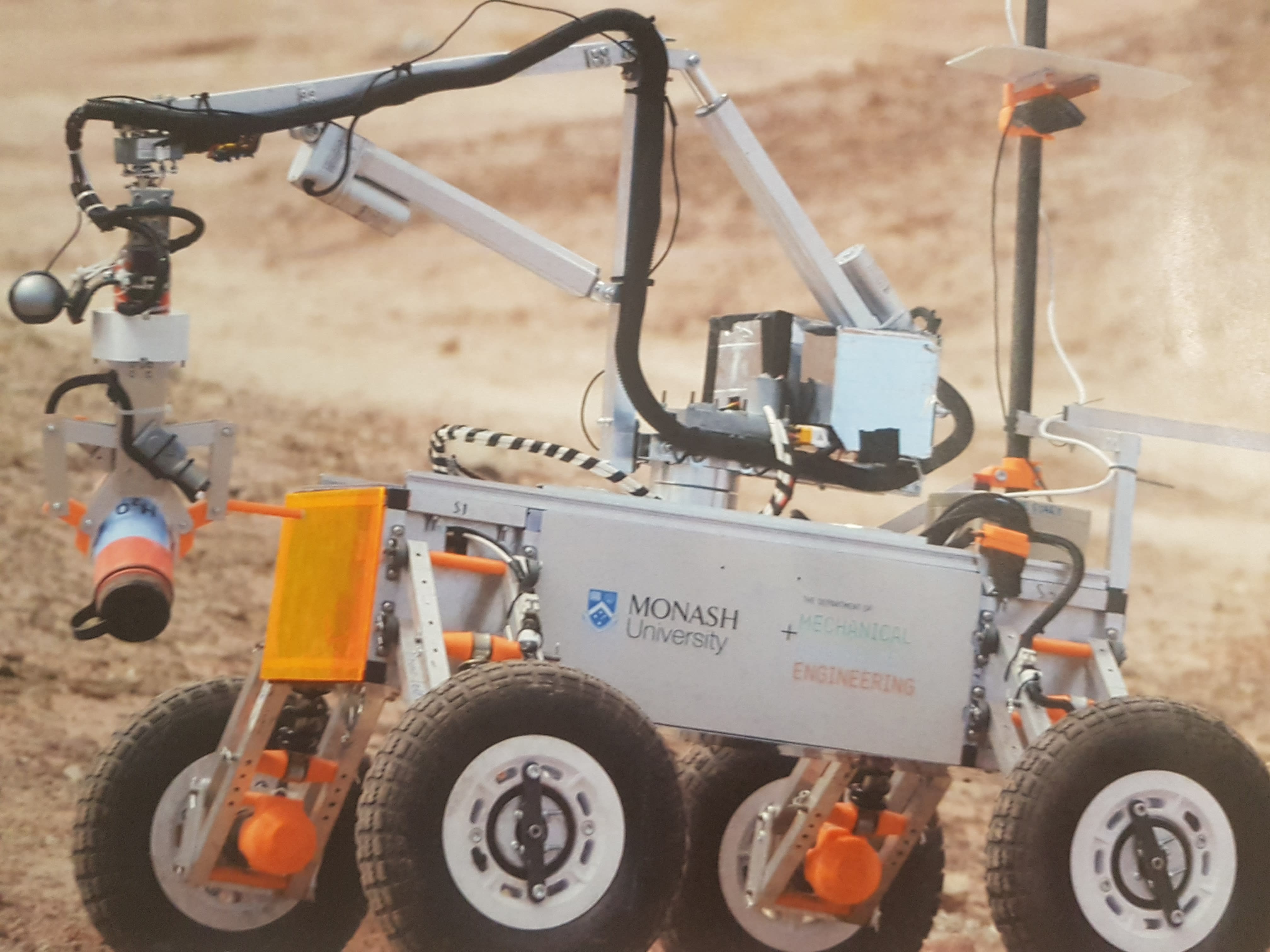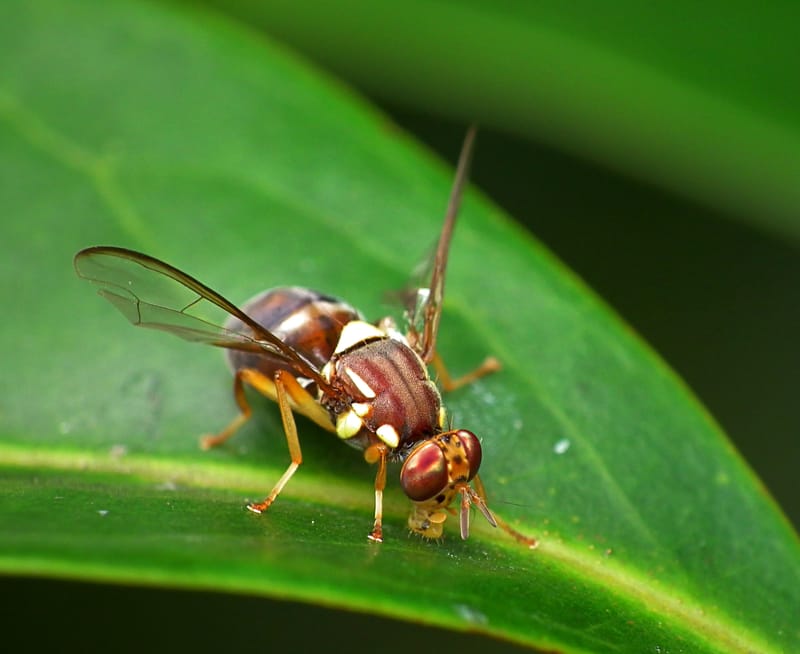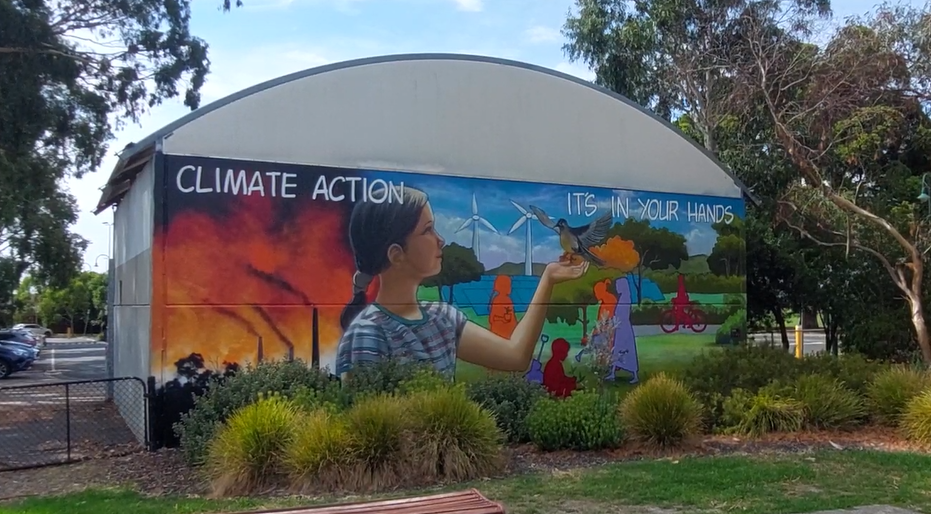Monash students, one step closer to Mars
🔗 [SYSTEM UPDATE] Link found. Timestamp incremented on 2025-11-26 13:55:13.BY SALONEE MISTRY The Monash Nova Rover Team is the only team from the Australia to have made it to the University Rover Challenge (URC) this year. Thrilled at qualifying for the finals and in fact even getting a better...
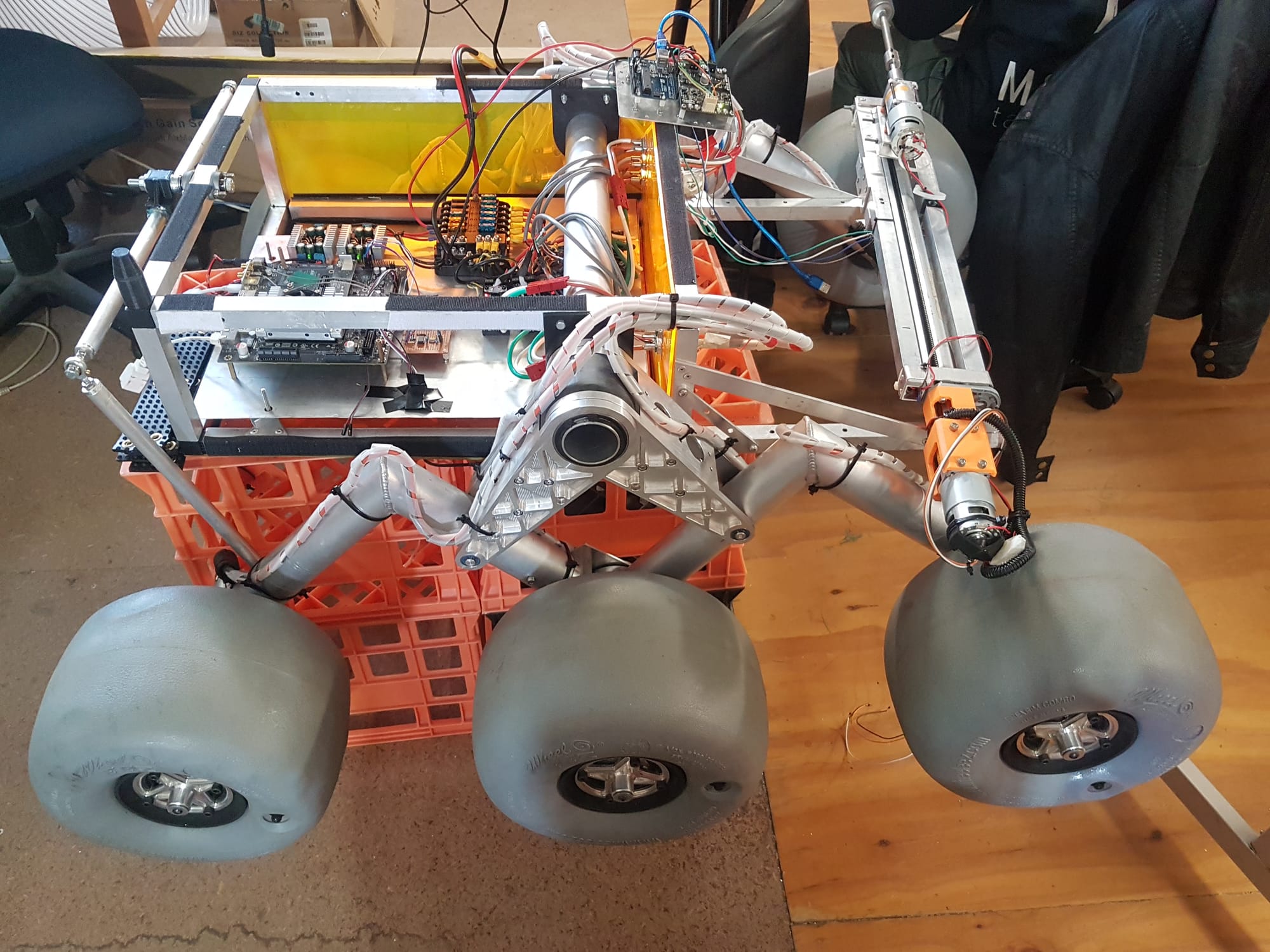
VIDEO REPORT BY TAVLEEN SINGH
STORY BY SALONEE MISTRY
A team of Monash University students has won the first leg of an international space race to build the next generation of Mars rovers.
The Monash Nova Rover Team has spent eight months developing a vehicle that could one day help solve the mystery of whether there is life on Mars.
The developers entered the vehicle in the University Rover Challenge (URC) and Monash was the only Australian team to make the finals.
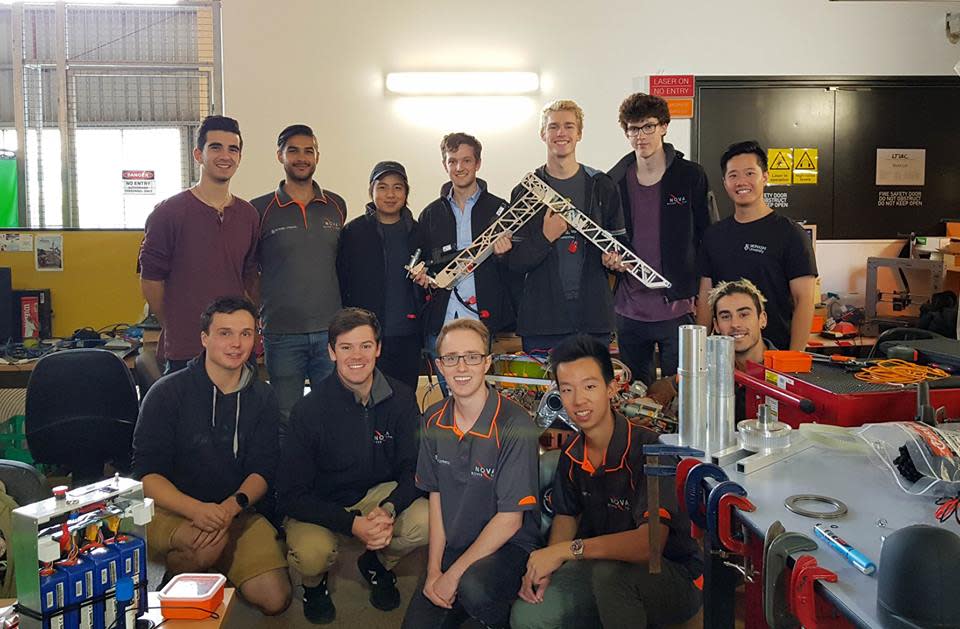
Nova Rover team member Iain Hammond, a fourth-year Astrophysics student, said competition was fierce.
“The rover needs to be able to do everything on its own, from driving itself, detecting and picking up objects like water bottles and tennis balls,” he said.
“The rover would also have to know how to service equipment, as well as fully navigate over rough terrain, avoid rocks and steep climbs.
“The last task would involve detecting life in the soil, for which our team has attached a big drill.
"The rover, without any of us interrupting, has to successfully drill out the soil and test it for a good score.”
It was this ingenuity that saw the team, which also made the finals in 2018, qualify with a higher score this year.
Team leader Henry Lourey, a fourth-year Aerospace Engineering and Mathematics student, said Monash had much-improved its latest rover.
“Our new chassis system we think is far superior to a lot of the other ones in the competition and we are hoping that it will carry us to a pretty good result,” Mr Lourey said.
“The new rover has an updated chassis design, robotic arm, new software and the enhanced electrical system, making it better over all,” he said.
In 2018 the Monash team placed 14th in the University Rover Challenge.
In May they will travel to Utah to compete against 35 universities from around the globe.
